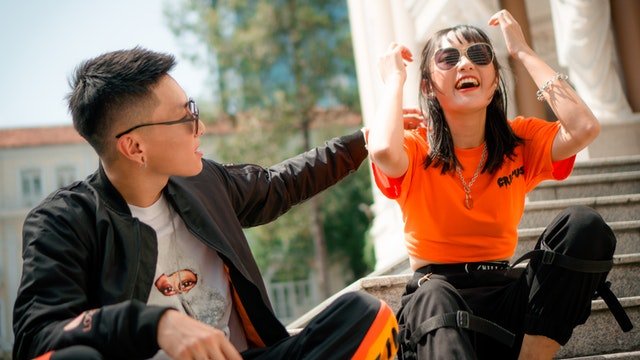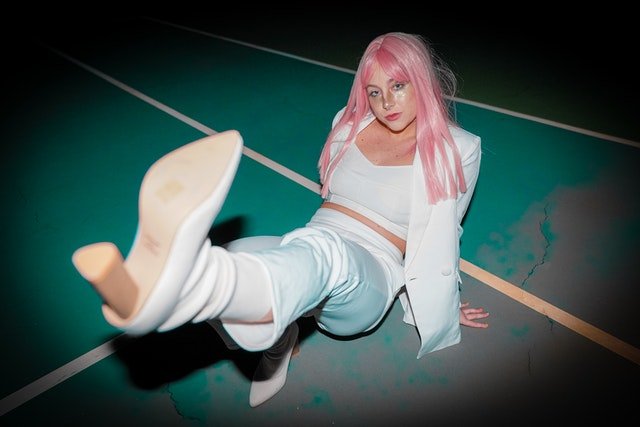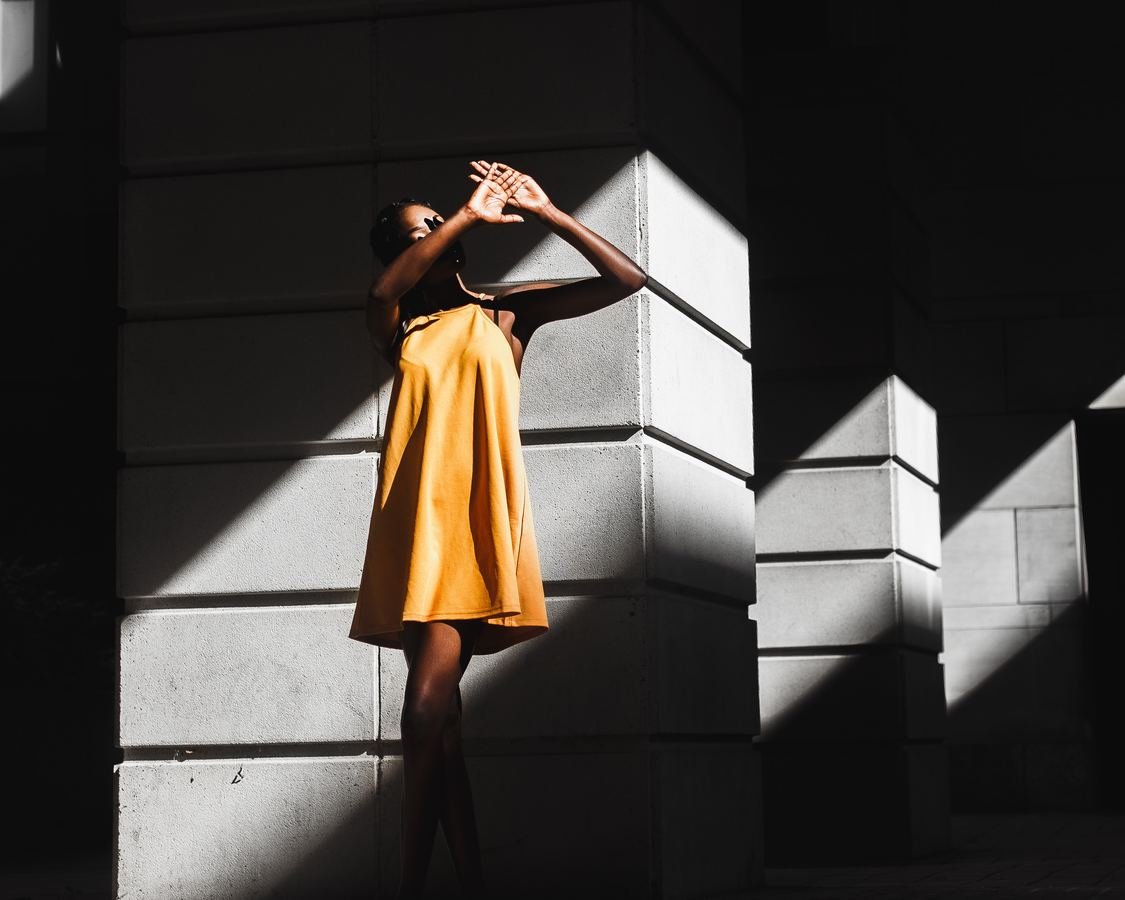Fashion is often viewed as something frivolous, a luxury that is not necessary for survival. But for many people, fashion is not just about clothes; it’s about self-expression, creativity, and identity. Personal style is a way to show the world who we are, what we stand for, and what we value.
Why is fashion important to me?

Fashion is a way for me to express my personality and creativity. Through my clothing choices, I can convey my mood, my interests, and my values. When I dress in a way that makes me feel confident and beautiful, I am able to take on the world with more vigor and enthusiasm.
Fashion is also a way for me to connect with others. Whether it’s bonding with friends over shared fashion interests or finding inspiration from bloggers and influencers, fashion has allowed me to build a community and connect with people from all over the world.
Furthermore, fashion has the power to change societal norms and expectations. Throughout history, fashion has played a significant role in social movements and cultural shifts. It has the power to challenge traditional gender roles, promote diversity and inclusion, and spark conversations about important social issues.
Finally, fashion is a form of artistic expression. Fashion designers are artists who use fabric, color, and texture to create works of art that are both functional and beautiful. The attention to detail, craftsmanship, and creativity that goes into creating a garment is something to be admired and celebrated.
The Psychology of Fashion:
Have you ever wondered why certain clothes make you feel confident and relaxed, while other clothes make you feel uncomfortable? The psychology of fashion is a fascinating area of study that explores the emotional connection we have with our clothes.
Dr. Karen Pine, a psychologist at the University of Hertfordshire, has conducted extensive research on the psychology of fashion. According to Dr. Pine, the clothes we wear can have a significant impact on our mood, confidence, and behavior.
“Clothes can affect our mood because they caneselectively activate certain parts of our identity, or link us to certain social groups, and thus affect how we feel about ourselves,” Dr. Pine said in an interview with the Guardian.
For example, if you associate wearing heels with feeling powerful and confident, then putting on a pair of heels can increase your confidence and assertiveness. On the other hand, if you associate wearing athleisure with feeling relaxed and comfortable, then wearing athleisure can help you feel more relaxed and at ease.
The Power of Fashion in Social Movements:
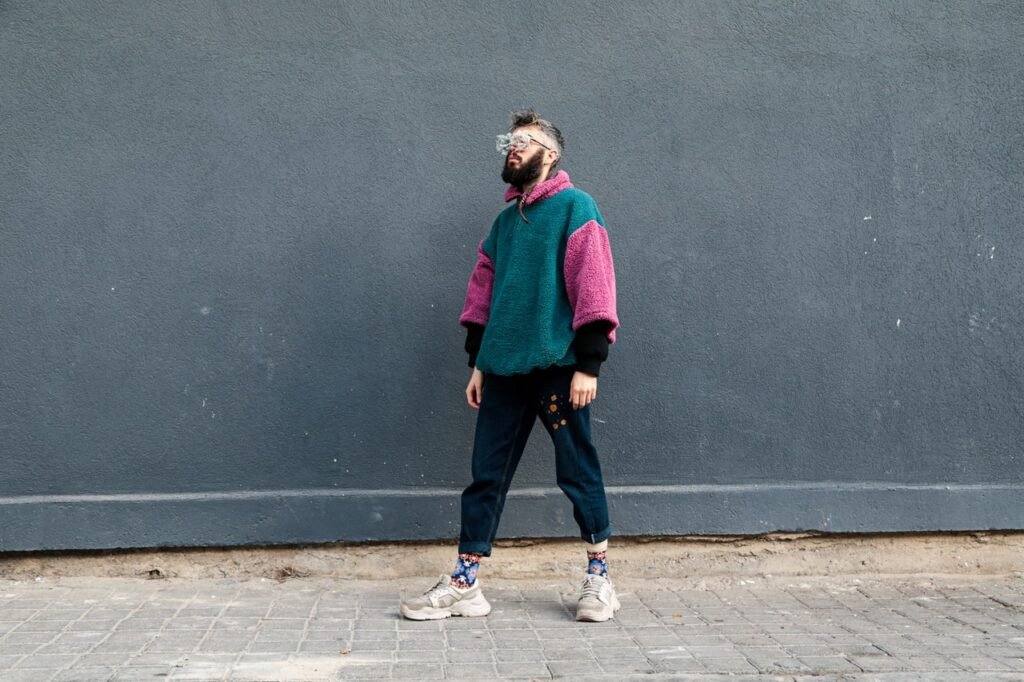
Fashion has played a significant role in many social movements throughout history. From the suffragettes who wore purple, white and green to signify their fight for women’s rights, to the black power movement of the 1960s, which used fashion as a way to celebrate black culture and identity, fashion has been a powerful tool for social change.
One of the most iconic examples of fashion’s role in social movements is the slogan t-shirt. Slogan t-shirts have been used to promote a wide range of social causes, from gender equality to LGBTQ+ rights to racial justice.
For example, during the 2017 Women’s March, thousands of people wore pink pussy hats as a symbol of solidarity and resistance to gender-based discrimination and oppression. The pink pussy hat became an iconic symbol of the march, representing the power and unity of women around the world.
Similarly, during the Black Lives Matter movement, protesters wore black shirts and pants to symbolize their mourning and outrage over the killing of black people by police officers. The slogan “I can’t breathe” was also printed on many shirts, highlighting the last words of Eric Garner, who died as a result of a police chokehold.
Fashion as Artistic Expression:
Fashion is often overlooked as a form of artistic expression, but the craftsmanship, creativity, and attention to detail that goes into creating a garment is truly remarkable.
Fashion designers are artists who use a variety of mediums, including fabric, colortexture, and shape to create works of art that are both functional and beautiful.
One of the most iconic examples of fashion as art is the work of Alexander McQueen. McQueen’s runway shows were often more like performance art, with models walking down the runway in intricate and elaborate designs that were both beautiful and thought-provoking.
McQueen’s designs were not just about aesthetics; they were also about telling a story and evoking emotions. His collections often explored themes of darkness and light, life and death, and the human condition.
One of McQueen’s most famous collections, “Plato’s Atlantis,” was inspired by the myth of the lost city of Atlantis. The collection featured elaborate designs that looked like they belonged underwater, with models walking down the runway in slow motion to create the illusion of being underwater.
The collection was both breathtakingly beautiful and thought-provoking, exploring themes of the fragility of human existence and the power of nature. It was a testament to McQueen’s artistic vision and his ability to use fashion as a medium to express complex ideas and emotions.
Fashion as a Form of Self-Expression:
Fashion is not just about expressing ourselves to others; it’s also about expressing ourselves to ourselves. The clothes we wear can affect our mood, confidence, and self-esteem.
When we wear clothes that make us feel good, we are more likely to feel confident and assertive. Conversely, when we wear clothes that don’t make us feel good, we are more likely to feel self-conscious and uncomfortable.
Fashion can also be a way to express our values and beliefs. For example, someone who values sustainability may choose to wear clothing made from eco-friendly materials. Someone who values individuality may choose to wear clothing that is unique and stands out from the crowd.
Fashion can also be a way to express our cultural identity. For example, someone from a African diaspora may choose to wear traditional clothing or accessories that reflect their cultural heritage.
Fashion as a Form of Activism:
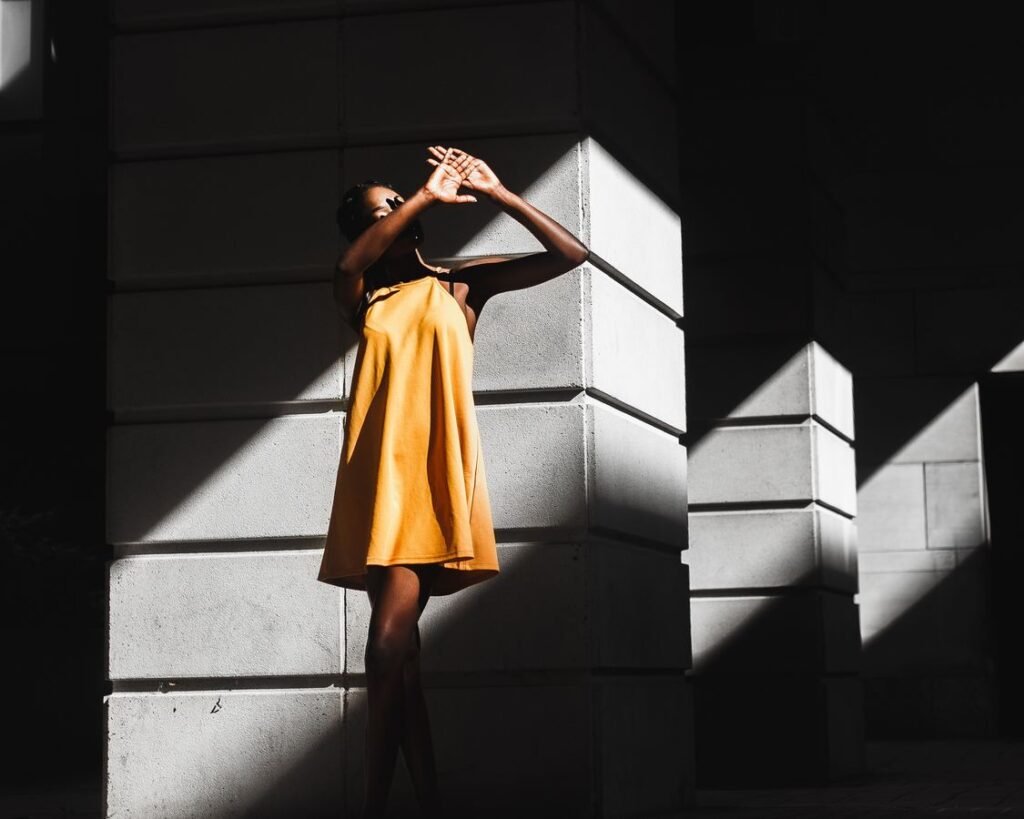
Fashion can also be a powerful tool for activism. Throughout history, fashion has been used as a way to make a statement and bring attention to social and political issues.
For example, during the 1960s, African American activists wore dashikis and afros as a way to celebrate their cultural heritage and assert their identity.
In the 1980s, the AIDS Coalition to Unleash Power (ACT UP) used fashion as a way to raise awareness about the AIDS epidemic. Members of the organization wore t-shirts with slogans such as “Silence = Death” and “Act Up, Fight AIDS” to protest government inaction and discrimination against people living with AIDS.
In recent years, fashion has been used to raise awareness about a wide range of social and political issues, including gender equality, racial justice, and climate change.
Conclusion:
Fashion is not just about clothes; it’s about self-expression, creativity, and identity. It has the power to make a statement, to bring people together, and to inspire change.
Whether it’s through the art of haute couture, the power of fashion in social movements, or the personal expression of style, fashion has the ability to touch our lives in ways that we may not even realize.
So the next time someone asks you why fashion is important, you can tell them that it’s not just about clothes; it’s about the way we want to express ourselves to the world, and the impact that expression can have on others.

